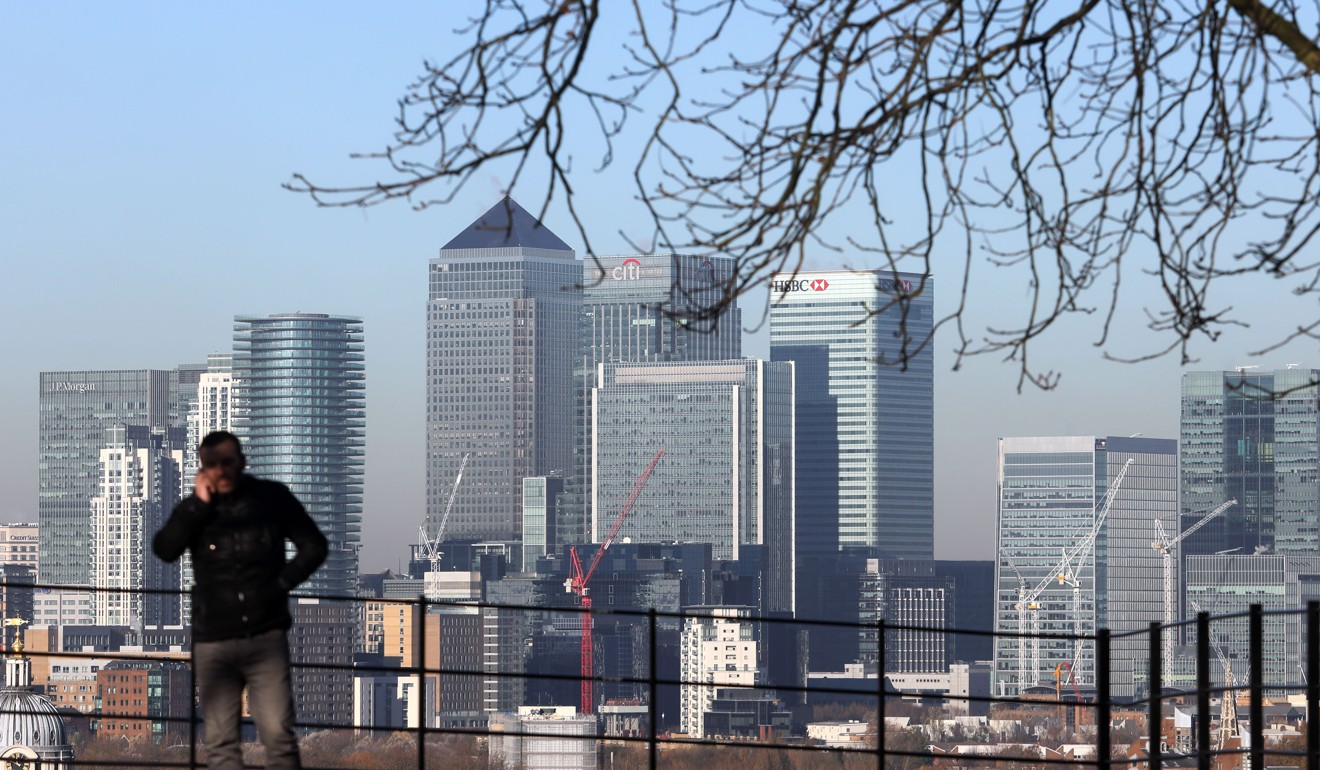
Canary Wharf Group leaves residential development to last in London’s Docklands
The developer says its unique business model means residents get to move in once infrastructure and facilities are already in place
Canary Wharf, which houses some of the world’s biggest banks including HSBC, JP Morgan and Citigroup, got its name from the quay where fruit and vegetable from the Mediterranean and the Canary Islands was once unloaded.
After 20 years of development, the disused Docklands site in east London has been transformed into a second financial district to rival the City of London.
Canary Wharf Group is diversifying into residential projects, having redeveloped 17 million square feet of office and retail space in Canary Wharf and elsewhere in London.
We want our residents to move in when everything is already there
Director of residential sales Brian De’ath envisages the 22-acre new district of Canary Wharf – designed to be a primarily residential waterside community – as one of London’s largest privately owned development sites.
Can you update us on the progress of the proposed new district?
Construction on the site has already begun, and completion of the first phase of this development will follow the arrival of Crossrail in 2018. Once the Crossrail station opens, Canary Wharf will be only six minutes from Liverpool Street station, within 39 minutes of Heathrow and just a few moments from City Airport and international train services to Europe.

Why did Canary Wharf Group leave the construction of the residential developments until last?
We want our residents to move in when everything is already there. Our business model is different from other developers. We have sometimes seen residents moving into a new area without anything. It may take 10 years to have a coffee shop, and 20 years to have a supermarket.
Won’t this business model require huge capital expenditure in the initial stages?
Yes, we have to provide infrastructure such as roads, a new bridge, nine acres of parks and gardens for the 22 acres of land designated for residential purposes. It will incur huge investment. It shows our commitment to residential development; we do not sell people an empty shell of land and then wait for home buyers’ deposits to come in before we invest.
So far, what is the group’s capital commitment in the Canary Wharf estate?
It is in excess of £2 billion.
We only launched the first residential project, 10 Park Drive, on the Canary Wharf estate 18 months ago. Eighty per cent, or 275 flats, of the 42-storeys of 10 Park Drive have been sold so far.
More than 60 people – about a third of them from Hong Kong – started to queue up overnight when we launched 10 Park Drive on a first come, first served basis.
We arranged for them to sleep in an empty retail unit and served them with tea, coffee and music as entertainment.
We sold 167 units on the launch day. Each buyer was limited to purchasing one unit.
For 10 Park Drive, about 30 to 40 per cent of buyers came from overseas. Some bought for their children studying at universities in London, some for investment and some used it as holiday homes.
The 10 Park Drive development, made up of 345 units, will be completed in 2019.
Do you think the group’s business model can help to enhance the value of the property?
Absolutely. If you are an investor, you come to buy our estate. We are a major land owner of the 128-acre site in Canary Wharf, we build it and we manage it. It is literally a single developer who looks after it. In terms of investment, you’ve got 120,000 workers who earn the highest average salary in the UK, living or working on the same site. It’s a fantastic opportunity for investors in terms of rental.
How has China’s control on capital outflows affected the group’s property sales?
Canary Wharf Group went to Shanghai and Beijing in January to promote our other projects. We have not found any impact for those investors who already had offshore companies to pursue investment abroad. They still want to visit our project in London.
Will overseas buyers have to pay tax when they purchase and sell property in the UK?
The overseas buyers will pay exactly the same tax as a UK based purchaser on the purchase and sale of their property. This transparent and fair system is one of the reasons why people consider London and the UK as their primary option when considering an overseas property investment.
[According to JLL, there is no overseas buyer’s tax in the UK. If you already have a residential property anywhere in the world, you will need to pay an extra 3 per cent stamp duty tax on completion. The stamp duty tax is a progressive rate. If you are buying an £800,000 property as your main residence (i.e. you do not own any other residential property in the world), the stamp duty tax will be £30,000. If it is not your first residential property in the world, then it will be £54,000.
When you sell, there is a capital gains tax levied on the net gain (after deduction of all expenses like buyer’s stamp duty, legal costs, broker’s fee etc) for buy-to-let property. If you sell your main residence, you are not subject to the capital gains tax.]

